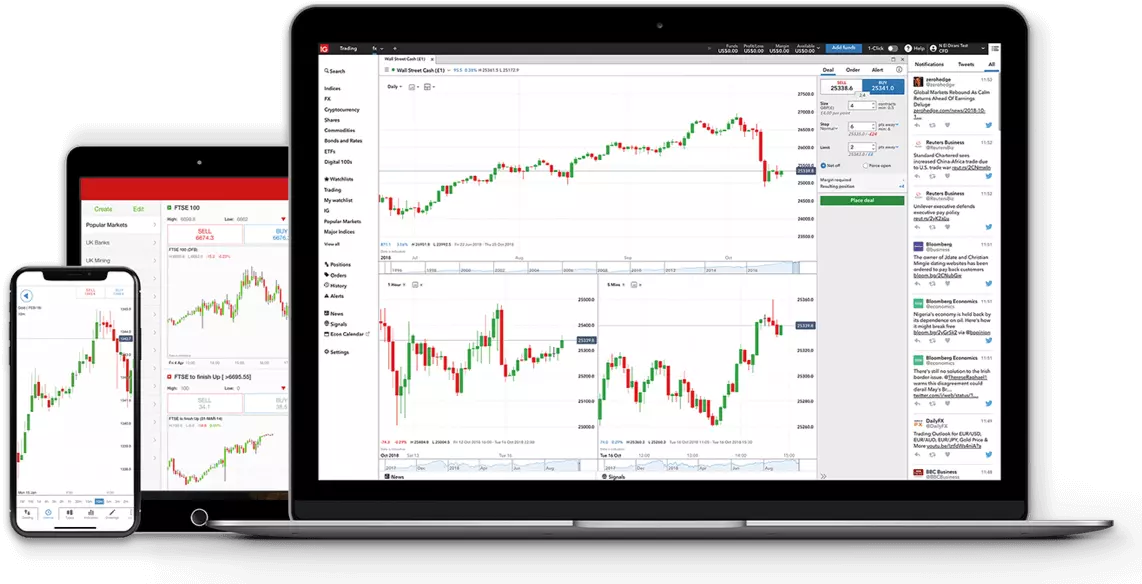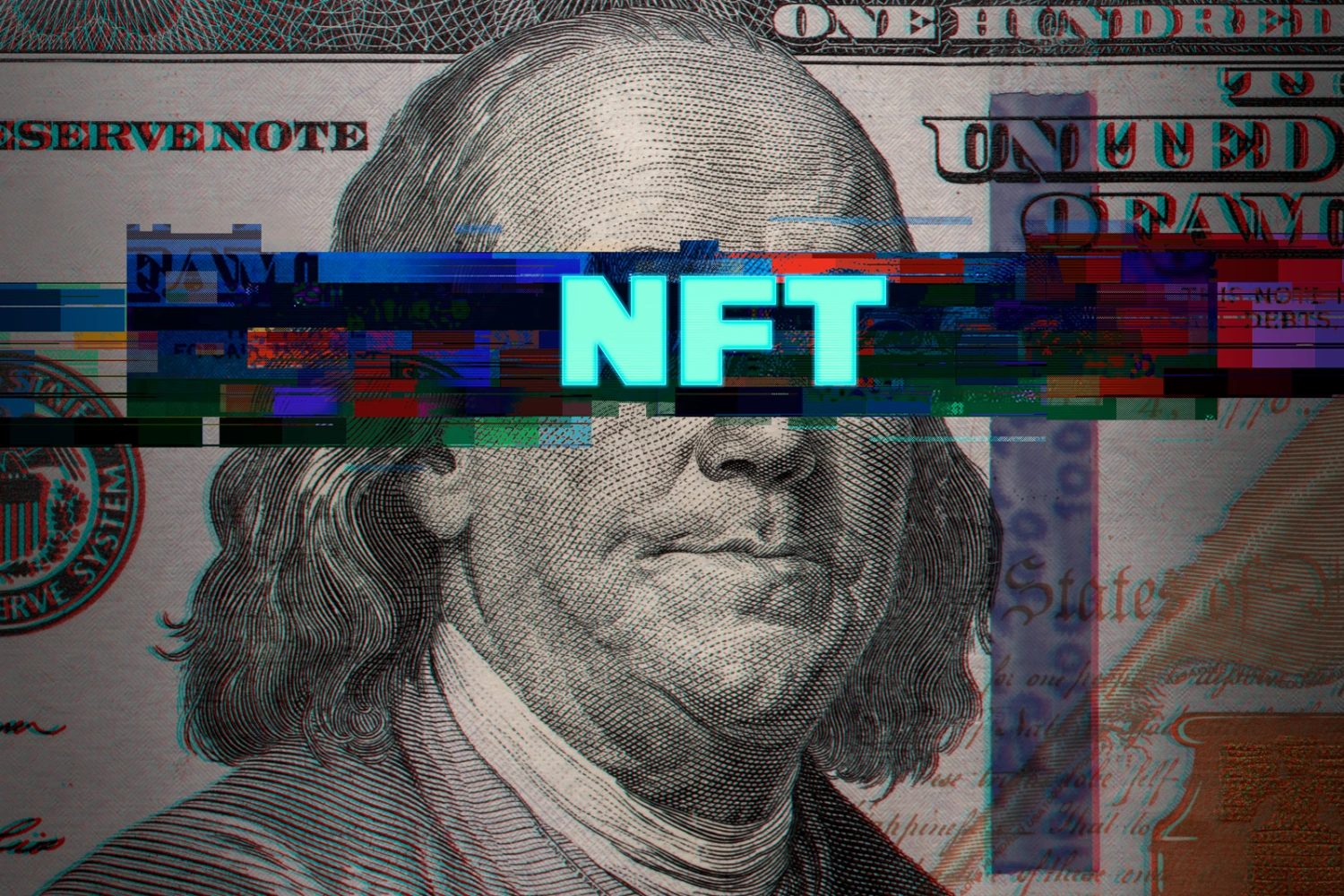Millennials Struggle Under Student Debt: Crisis Unveiled

Millennials grapple with significant student loan debt, impacting their financial stability. This burden hinders their ability to save for the future.
Navigating the complexities of today’s economy, millennials find themselves facing an unprecedented financial challenge: managing their student loan debt. Saddled with the aftermath of their educational investments, many in this generation struggle to achieve traditional milestones such as buying a house or saving for retirement.
Rising tuition costs and an increasingly competitive job market have only exacerbated the issue, creating a cycle of debt that delays their financial independence. As they search for sustainable solutions, the conversation around student loan debt continues to grow, with potential implications for the wider economy and future generations. Addressing this pressing concern requires understanding the root causes and exploring innovative ways to support millennials as they work towards freeing themselves from the clutches of student debt.

Credit: en.wikipedia.org
The Rise Of Student Debt Among Millennials
Millennials face a growing financial challenge unlike any before. Student loan debt has become a defining feature of the generation. It affects life choices, from careers to home ownership. Let’s explore how sky-high education costs and the pursuit of degrees have contributed to this issue.
Skyrocketing Tuition Fees
College tuition has soared in the past decades. It outpaces inflation and family income. This surge forces many students to rely on loans. Below is a breakdown of average tuition increases:
| Year | Private College | Public College |
|---|---|---|
| 2000 | $15,000 | $3,500 |
| 2010 | $21,000 | $7,000 |
| 2020 | $35,000 | $10,000 |
The Lure Of Higher Education
The promise of higher education remains strong. A degree is a path to higher earnings and employment. Many believe it is the only way to ensure financial security. This belief pushes Millennials toward taking on debt to achieve these goals:
- Increased job opportunities
- Potential for higher salary
- Personal development
- Economic stability

Credit: www.cfr.org
Personal Stories Of Debt And Anxiety
The weight of student loan debt on Millennials is more than a financial burden; it’s a personal crisis. The stories of young adults navigating their lives around the staggering amounts of debt reveal a harsh reality. Countless Millennials find their dreams clashing with financial obligations. These personal accounts offer a window into the emotional strain and postponed goals that come with student loan debt. We delve into these intimate narratives to understand the profound impact on daily life and long-term aspirations.
Delayed Milestones: Homeownership And Marriage
The journey to major life milestones is on pause for many. Student debt is a massive roadblock to traditional signs of adulthood.
| Individual | Debt Amount | Postponed Milestone |
|---|---|---|
| Emily, 30 | $85,000 | Buying a home |
| Josh, 28 | $45,000 | Marriage |
| Alex, 32 | $63,000 | Starting a family |
Emily had to move back with her parents. Josh, facing high monthly payments, cannot afford a wedding. Alex wants kids but feels it’s financially irresponsible now.
Long-term Financial Strain: Case Studies
Debt extends well beyond graduation, leading to ongoing financial challenges.
- Sarah, an educator, battles a $50,000 debt, altering her life plans.
- Mark’s $90,000 student loan means living frugally and sidelining his passion for a stable job.
- Laura, a doctor, faces a $200,000 debt, crimping her day-to-day spending for years to come.
These accounts emphasize that the struggle does not end with commencement. The ripple effects touch every aspect of a Millennial’s financial world, often leading to deep-seated anxiety and a redefined sense of freedom.
Socioeconomic Impact Of The Debt Crisis
The student loan debt crisis weighs heavily on millennials, profoundly altering their economic behavior and mental well-being. This section digs into the ripple effects of the crisis.
Consumer Spending Downturn
Crushed under student debt, many millennials postpone or cut back on significant purchases. Let’s explore this impact:
- Homeownership: A distant dream for the debt-laden youth.
- Automobile sales: Often opting for public transport or used cars.
- Small business growth: Hindered as potential entrepreneurs bear the burden of loans.
Such spending cuts echo across the economy, dampening growth potentials.
Effects On Mental Health And Well-being
The weight of debt extends beyond finances, often leading to mental health concerns:
| Issue | Impact |
|---|---|
| Stress | Daily struggle with repayments causes chronic stress levels. |
| Anxiety | Fear of financial instability leads to heightened anxiety. |
| Depression | Feeling trapped by debt can spiral into depression. |
Recognizing these issues is crucial in advocating for holistic support systems.

Credit: www.arizonachristian.edu
Government And Policy Responses
The heavy load of student loan debt on Millennials grabs the attention of lawmakers. Government and policy responses aim to lighten this burden. Various programs and proposals are now on the table. They offer some relief and hope for a generation struggling under financial weight.
Loan Forgiveness Programs
Loan Forgiveness Programs
Loan forgiveness emerges as a beacon of relief. Certain programs already exist to help:
- Public Service Loan Forgiveness (PSLF): Erases debt after 10 years of service and payments.
- Teacher Loan Forgiveness: Rewards teachers serving in low-income schools.
- Income-Driven Repayment Plans: Caps monthly payments and forgives the balance after 20-25 years.
New strides include expanding these programs. Changes aim to include more borrowers and streamline the process.
Legislative Changes and ProposalsLegislative Changes And Proposals
Lawmakers propose bills to tackle the student debt crisis. Notable efforts include:
- Emergency Debt Relief: Temporarily pauses payments during crises.
- Student Loan Fairness Act: Proposes a 10/10 repayment plan, capping payments at 10% of income.
- Bankruptcy Code Adjustments: Seeks to make student loans dischargeable.
These changes could provide significant savings. They could prevent Millennials from drowning in a sea of debt.
Navigating Repayment And Financial Survival
Millennials face an uphill battle when it comes to student loan debt. The challenge of returning to a normal financial life post-graduation can seem daunting. Successfully navigating repayment is essential for long-term financial survival. Developing a strategy and tapping into available resources is crucial.
Strategies For Managing Loans
Strategizing loan repayment ensures financial stability. Here are effective ways to manage your student loans:
- Understand Your Loans: Know your loan balances, interest rates, and due dates.
- Set Up Auto-pay: Avoid missed payments and potential late fees.
- Consider Consolidation: Streamline payments or qualify for better terms.
- Explore Forgiveness Programs: Seek out programs that can eliminate some debt.
- Pay Extra When Possible: Reduce interest by paying more than the minimum.
Resources For Financial Literacy And Assistance
Access to the right resources is a game-changer in managing student debt. Explore these avenues for assistance:
| Resource | Description | Benefits |
|---|---|---|
| National Student Loan Data System (NSLDS) | Central database for student aid | Tracks loans and federal grant data |
| Consumer Financial Protection Bureau (CFPB) | Financial education and resources | Offers tools for debt management |
| Financial Advisors | Professional guidance | Customized financial strategies |
Future Prospects And Reform
A brighter horizon looms for Millennials grappling with student loans. Initiatives for reform signal a turning tide, promising a future where education debt is less crippling. Explore below how innovative financing methods and the evolving role of higher education could transform the landscape.
Innovations In Education Financing
Alternative financing solutions are emerging, offering relief to student loan borrowers. These include:
- Income Share Agreements (ISAs): Repayments adapt to your income level.
- Crowdfunding platforms: Harness community support for educational expenses.
- Employer Tuition Assistance: Companies invest in employees’ education.
Technology also plays a part with apps and online platforms making saving for college simpler, and more transparent.
The Role Of Higher Education In Society
Colleges are scrutinized for their impact on student debt. They are taking steps to be part of the solution. Here’s how:
- Emphasizing job readiness to ensure graduates find stable employment.
- Expanding online programs to lower costs and increase accessibility.
- Introducing shorter, career-focused courses for skill-specific education.
Higher education reforms may lead to a shift in value perception, viewing college not just as a path to a degree, but to lifelong learning and financial stability.
Frequently Asked Questions For Millennials Struggle Under The Burden Of Student Loan Debt
How Are Millennials Affected By Student Loans?
Millennials often face financial challenges due to high student loan debts. The burden can delay major life decisions, such as buying a home or starting a family. Short-term sacrifices are common as they prioritize loan repayments.
What Percent Of Millennials Have Student Debt?
A significant portion of millennials carries student debt, with estimates suggesting around 1 out of 3. This reality reflects the rising costs of higher education and emphasizes the economic pressures on this generation.
Can Student Debt Impact Millennials’ Credit Scores?
Student loans can affect credit scores, with consistent, on-time payments positively influencing credit health. Conversely, missed payments can lead to negative impacts, showcasing the importance of managing loan obligations carefully for millennials.
Are There Effective Strategies For Millennials To Manage Student Loans?
Yes, millennials can explore income-driven repayment plans, loan forgiveness programs, or refinancing options to manage student loan debt effectively. Staying informed about repayment options is crucial to manage debt efficiently.
Conclusion
Millennials face an uphill battle with student loans. This debt impacts their financial freedom, delays major life milestones, and adds to their stress. Clear solutions are essential, yet elusive. Supporting legislation for debt relief could offer a lifeline. It’s time for tangible change, for the sake of a generation’s future.







